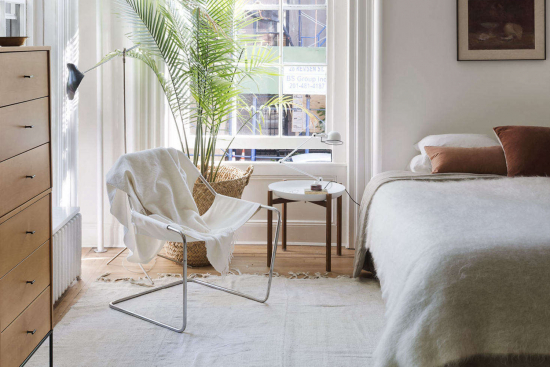Object Lessons: Portuguese Azulejo Tiles Made Modern
Lately we’ve noticed tile creeping well beyond floors and backsplashes: onto counters and kitchen islands, fireplace surrounds, and more. But tiling this way is far from new: In Lisbon, for example, churches, metro stations, street signs, floors, fountains, and facades are covered with azulejos. And it goes back even further than that.
A (very) brief history lesson:

These ceramic tiles are now an icon of Portugal, but their history can be traced to Spain and, before that, to Egypt (the name azulejo comes from the Arabic al zellige, meaning “polished stone”), where they acted as ingenious climate control against desert heat. When Moorish influence brought the tiles to the Iberian Peninsula, they also proved useful against the dry, hot climate of present-day Spain, and in the 13th century the city of Sevilla became a central production hub. (An early, and famous, example of Moorish tile in Spain is at the Alhambra in Granada, where tile mosaics are made up of alicatados—a technique where tile panels are dyed one color, cut into geometric shapes, and fitted together like a puzzle.)
Azulejos came to Portugal when King Manuel I, stunned by the tiles he saw everywhere during a visit to Spain, brought the tradition back to his own country. It was in Portugal that azulejos started to take on a more ornate, decorative style, using a variety of techniques and incorporating influences from Indian to Dutch. Particularly with large expanses of bare-plaster walls, Portuguese tiles became a way of filling up empty space with detail and design.
Now, hoteliers and architects are taking this ancient tradition and making it modern. To get the look at home, tile your kitchen, bath, or floors with one of the five designs below.
Five to Buy











